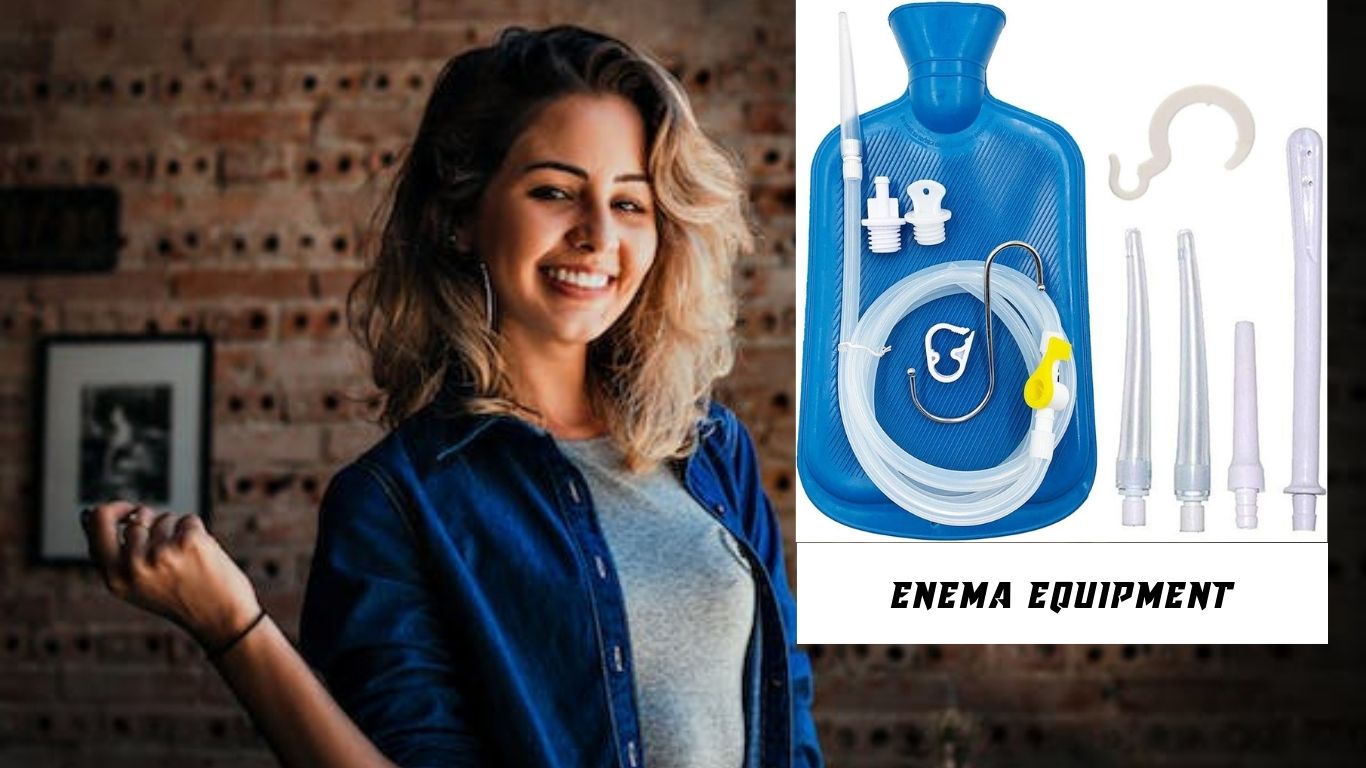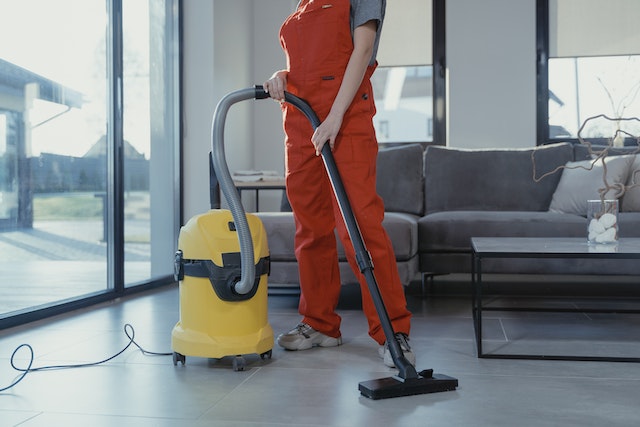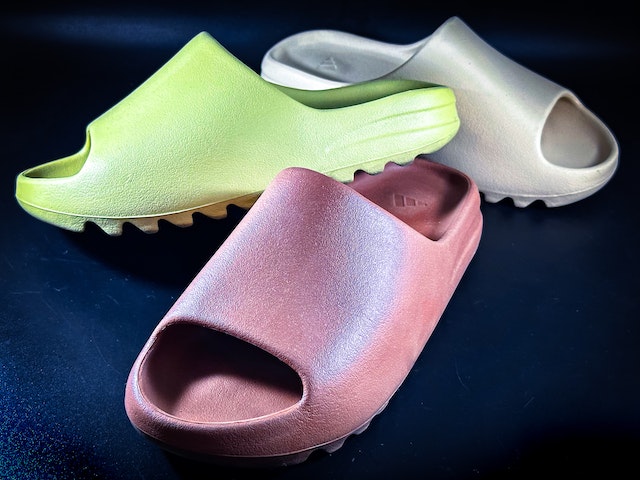How To Clean Enema Equipment?
It is essential to clean enema equipment thoroughly in order to keep hygiene at a high level, as well as to ensure that it can be used safely and effectively. Whether you use enema equipment for medical reasons, colon cleansing, or constipation relief, following the necessary cleaning methods can help remove pollutants, bacteria, and residue, encouraging a clean and hygienic environment. This is true regardless of whether you use the equipment for medical purposes, colon cleansing, or constipation relief.
In this tutorial, we will walk you through the process of giving your enema equipment a comprehensive cleaning in easy-to-follow steps. The nozzle, the enema bag or bucket, and the tubing all need to be cleaned as part of the cleaning process. In addition to that, we will go over the significance of disinfection as well as the right way to dry things properly.
You may preserve the longevity and performance of your enema equipment by keeping to these cleaning standards, while also limiting the danger of infections or other issues. Let’s get into the nitty-gritty of how to effectively clean your enema equipment in the following steps and explanations.
Step-By-Step Guide : How To Clean Enema Equipment
Step 1: Cleaning Your Nozzle
- Prepare a container made of clean plastic or your sink by adding non-toxic coconut oil soap to hot water and then filling the container.
- Remove any stool that might be on your nozzle by washing it well with hot running water.
- Take the nozzle off of the tube, and then swish it about in the water that has been washed and heated up.
- Make sure that both ends of the nozzle are clean by using a nylon cylinder brush to do so.
- Allowing your nozzle to soak in a disinfectant solution consisting of hot water mixed with a few drops of Grapefruit Seed Extract, which functions as a non-toxic sterilizing agent, is an additional step that is completely optional but highly suggested.
Step 2: Cleaning Your Enema Bag or Bucket and Tubing
- When you are finished with the enema, release the clamp and pour any leftover solution into the bathtub, toilet, or sink.
- After re-clamping the tubing, fill the bag with hot, soapy water while using a soap that is safe for human consumption.
- In the case of bags, you can help clean them by swishing the soapy mixture around or, if necessary, by using a brush; however, the interior of the bag shouldn’t require too much cleaning.
- When it comes to cleaning buckets, you can make use of a toothbrush, sponge, towel, or paper towel. When cleaning the inside of the bucket, try to avoid using scrubbers that are too rough.
- Again, release the clamp, and then let the entire quantity of hot soapy water to pass through the tubing.
- Step to disinfect the equipment, which is technically optional but highly recommended (there are two techniques to pick from):
Option 1: Pour hot water back into the bag or bucket, then add 6–10 drops of grapefruit seed extract. Allow this to sit for thirty to sixty minutes.
Option 2: To clean your equipment, fill a clean plastic tub or sink with enough hot water to completely submerge it, and then add 6–10 drops of grapefruit seed extract to the water. Soak all of your gear for anywhere between 30 and 60 minutes in the solution.
Step 3: Drying Your Equipment
- The proper drying of your enema equipment is without a doubt the most essential step in the process. It should be hung up for at least a couple of days to ensure that it has dried completely.
- When storing, throw a wadded paper towel inside the bag or bucket as a wicking material to absorb any remaining moisture and prevent mold formation. This will keep the bag or bucket from becoming contaminated with mold.
Note : Silicone can become discolored from coffee enemas, which is a natural occurrence and does not pose any health risks. Mold is something that should be avoided at all costs, although stains are much easier to spot.
Frequently Asked Questions – How To Clean Enema Equipment?
Q: How can I do an enema without equipment?
A: Although enemas are commonly administered using enemas equipment, there are other ways in which they can be performed as well. As a DIY enema equipment, you can use a clean, squeezable water bottle with a nozzle adapter or a bulb syringe. Both of these options are easy to get. Before you use these homemade instruments, you should ensure that they have been well cleaned and sanitized.
Q: How do I sanitize enema equipment?
A: To begin the process of sterilizing enema equipment, wash it thoroughly with hot, soapy water. After giving it a good washing, immerse it in a disinfectant solution for a while, such as a mixture of boiling water and a couple of drops of grapefruit seed extract. After soaking for 30–60 minutes, give it another rinse, and then let it air dry entirely before using it.
Q: How do I sterilize enema equipment?
A: Sterilizing enema equipment involves a more stringent process. After washing the equipment with hot, soapy water, you can then sterilize it by bringing it to a boil in a separate container. Immerse the apparatus in a vessel containing boiling water for ten to fifteen minutes. Make sure that all of the components are completely covered. Remove them carefully, then set them somewhere where they can thoroughly dry in the air.
Q: If I don’t have enema equipment, what can I use?
A bulb syringe or a clean, squeezable water bottle with a nozzle attachment can be used as a makeshift enema device in the event that you do not have access to actual enema supplies. Before you use these improvised instruments to administer an enema, be sure to thoroughly clean and sanitize them.
Q: How do I clean my enema equipment?
A: To clean your enema equipment, begin by pouring any leftover enema solution from the device into the bathtub, toilet, or sink. This will get rid of any residue. The apparatus should then be cleaned in hot, soapy water using a cleanser that is safe for human consumption. Perform a comprehensive rinse and then allow the water to pass through the tubing. Last but not least, you need to let the equipment air dry fully.
Q: How do I sterilize enema nozzle equipment?
A: The enema nozzle needs to be cleaned thoroughly with hot, soapy water and a nylon cylinder brush before it can be sterilized. This will guarantee that any residue is eliminated. Rinse the nozzle completely and then soak it for 30–60 minutes in a disinfectant solution, such as hot water mixed with a few drops of grapefruit seed extract. An example of such a solution is given below. Repeat the rinsing step, and then let it air dry entirely.
Q: What is the best method to disinfect enema equipment?
A: Cleaning the enema equipment with hot, soapy water and then letting it soak in a disinfectant solution is one way that is successful for disinfecting the equipment. A non-toxic disinfectant can be created by combining boiling water with a couple of drops of grapefruit seed extract in a small container. After allowing the equipment to soak in the solution for 30–60 minutes, thoroughly rinsing it and letting it dry completely in the air are the next steps.
Q: How can I use erotic enema equipment?
A: The decision to utilize enema equipment for sensual purposes is a private matter that is beyond the purview of this book. If you do decide to investigate this possibility, it is imperative that you put safety, hygiene, and open communication with your partner as top priorities. To reduce the likelihood of developing infections or other issues, it is essential to follow the appropriate cleaning and sterilization methods.
Q: How can I clean my enema equipment naturally?
A: To begin the process of organically cleaning your enema equipment, pour any leftover enema solution into the bathtub, toilet, or sink and give it a good rinse. The apparatus should then be cleaned with hot, soapy water using a cleanser that is safe for human consumption. After giving it a good rinsing, you can opt to apply natural disinfectants such as vinegar or hydrogen peroxide that has been diluted with water if you so choose. Repeat the rinsing process, and then let the apparatus air dry fully.







